You hear the lively playing of a ‘ukulele wherever you go in The Islands of Tahiti. ‘Ukulele orchestras animate the evenings in hotel restaurants, and you’ll also hear the unmistakable strumming at the beach, on the bus, and especially during a bringue (party). The sound of the ‘ukulele always comes with a smile!
The strumming of a ‘ukulele is a sound that speaks of white sandy beaches, coconut palms and crystal clear turquoise lagoons. Brought to these islands by our Hawaiian cousins, the ukulele has become an integral part of Polynesian culture.
And exotic symphony
The Tahitian ‘ukulele is also known as a Tahitian banjo, or a uku. It’s a handmade string instrument of the lute family, with eight paired strings that are strummed with the fingers or a pick. You’ll soon discover that the ‘ukulele isn’t just played to welcome visitors, because you’ll hear it everywhere you go. Almost everyone in The Islands of Tahiti can play the ‘ukulele to some degree, and no party would be the same without the lively strumming of at least a few of them. In 2015 an amazing total of 4,000 ‘ukulele players gathered in Papeete to form in the biggest ‘ukulele group ever, and earn themselves a place in the Guiness Book of Records.
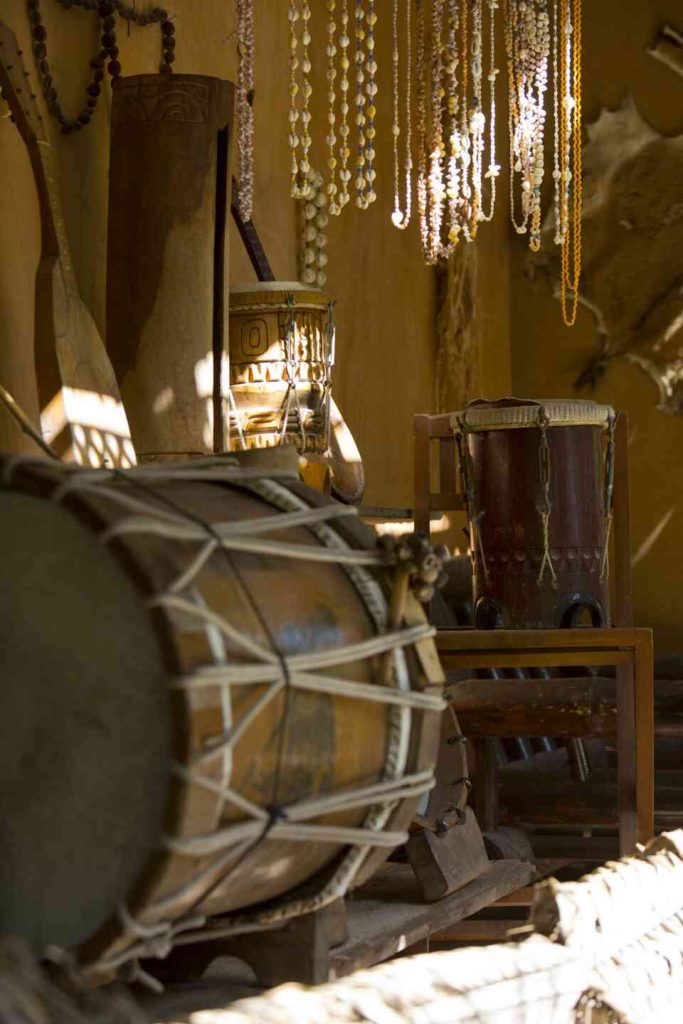
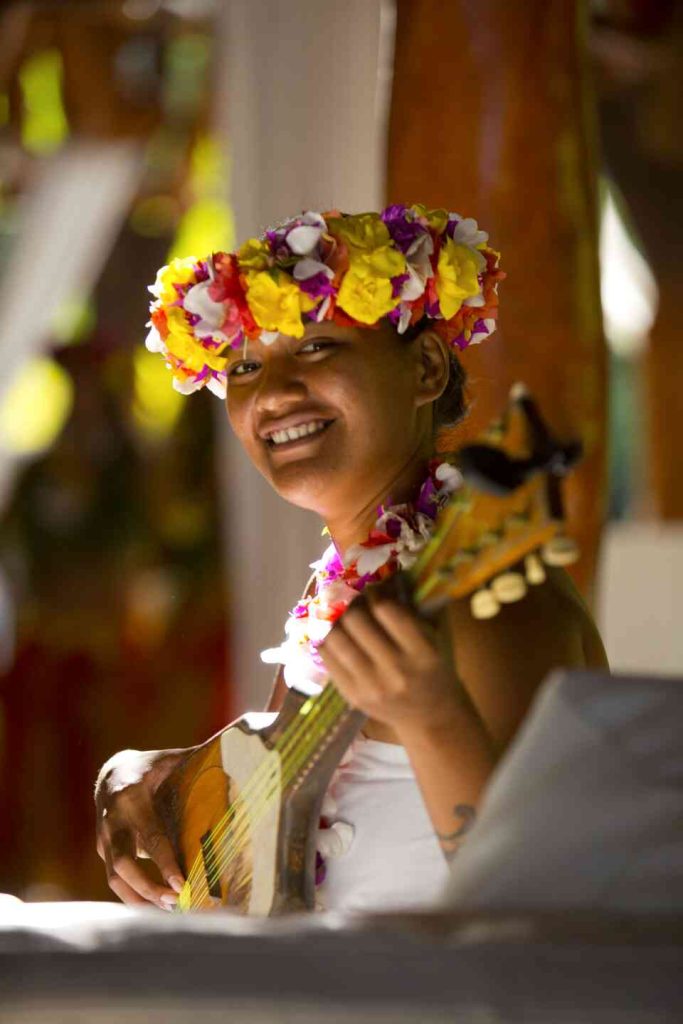
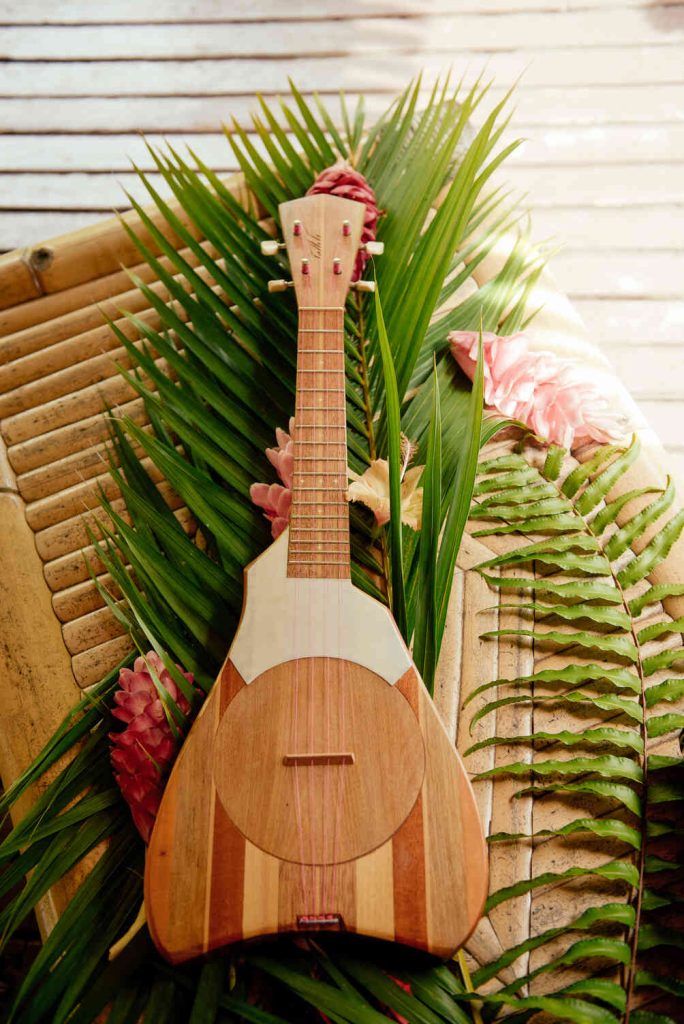
The ‘ukulele is an important instrument in Polynesian music. It’s the sound that greets visitors to our islands, and brings smiles whenever it’s played. The ‘ukulele was inspired by the cavaquinho, small guitar or lute that was brought to Polynesia in 1880 by Portuguese laborers working in Hawaii. The version adapted by the Hawaiians found its way to The Islands of Tahiti at the beginning of the 20th century and is now an integral part of the local culture. You can find versions of the cavaquinho in Brazil, Cap Verde, Madeira, Venzuela and the Caribbean.
A musical voyage to the heart of Polynesian tradition
Tahitian ‘ukulele‘s are handmade out of rosewood, mahogany or lychee. Unlike guitars, they do not have a soundbox but have an open round hole in the back, and four double strings made from fishing line. They are usually the work of local craftsmen and unlike the Hawaiian version, they don’t have the standard guitar form. The Tahitian ‘ukulele also has a higher pitch and is strummed much faster. Astonishingly, almost every Tahitian can play the instrument, although it’s a completely different sound when you listen to a professional musician. A beautifully carved and polished ‘ukulele makes a superb gifts or souvenir to take home.
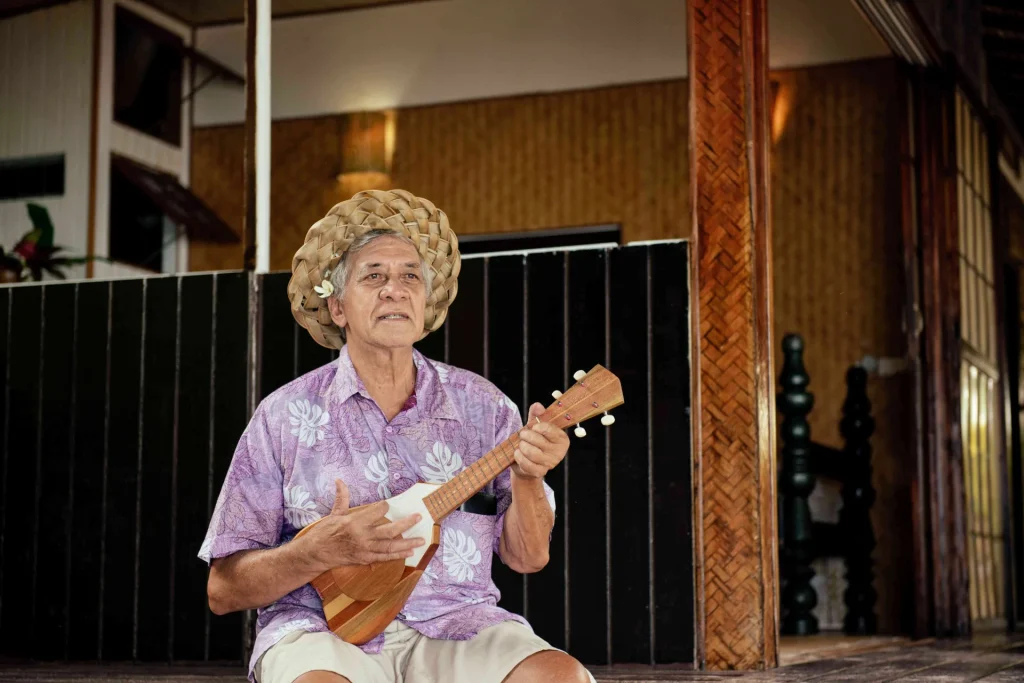
You can buy a ‘ukulele almost anywhere in The Islands of Tahiti but you have the biggest choice in Papeete market. Woody Howard’s in Moorea sells very special ‘ukuleles, made from a precious wood of the beach cordia tree, known here as tou. These are the ‘ukuleles used by professional musicians. If you forget to buy one during your stay, don’t worry, you can get one in the boutiques at the airport.
Themes

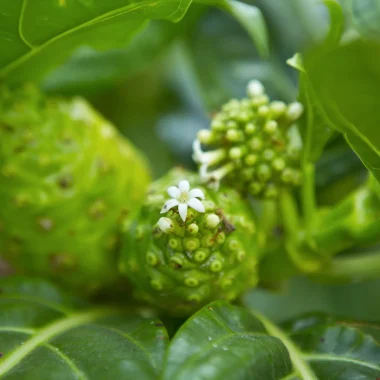
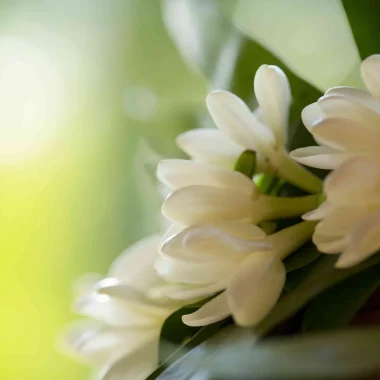
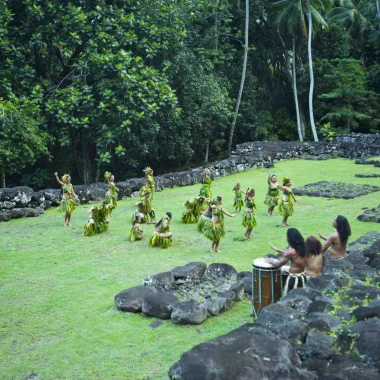
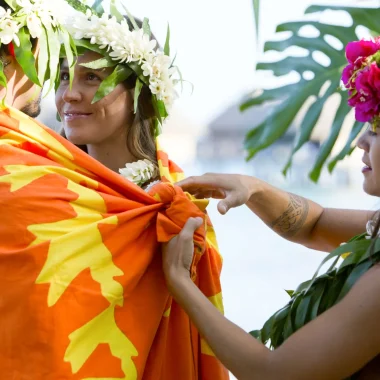

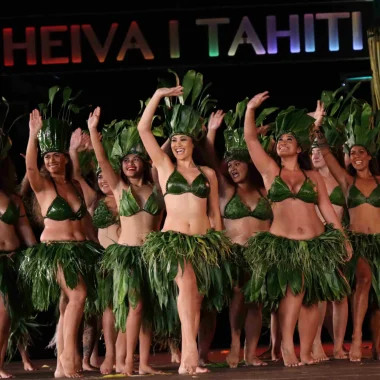
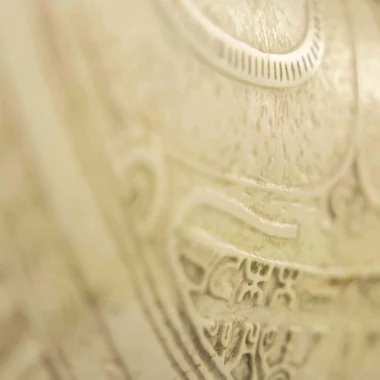
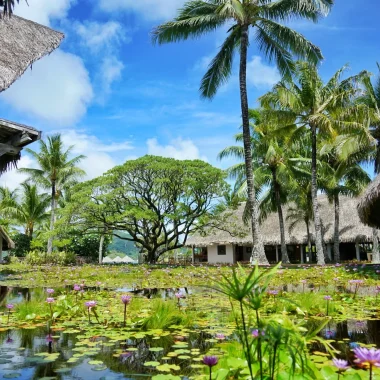
 América del Sur
América del Sur
 Australia
Australia
 Belgique
Belgique
 Brasil
Brasil
 Canada (EN)
Canada (EN)
 Canada (FR)
Canada (FR)
 Deutschland
Deutschland
 España
España
 France
France
 Italia
Italia
 Mexico
Mexico
 Polynésie française
Polynésie française
 New Zealand
New Zealand
 Schweizerisch (DE)
Schweizerisch (DE)
 Suisse (FR)
Suisse (FR)
 United Kingdom
United Kingdom
 United States
United States
 한국
한국
 中国
中国
 日本
日本